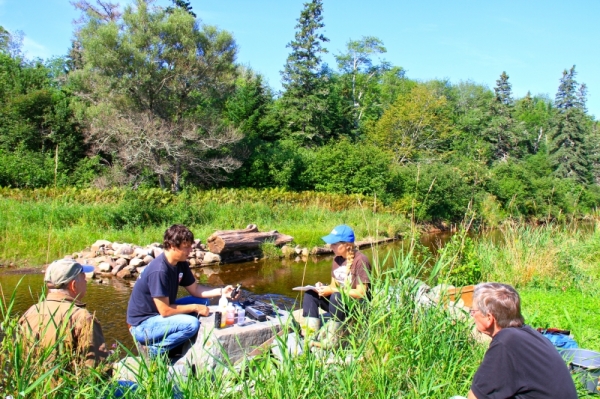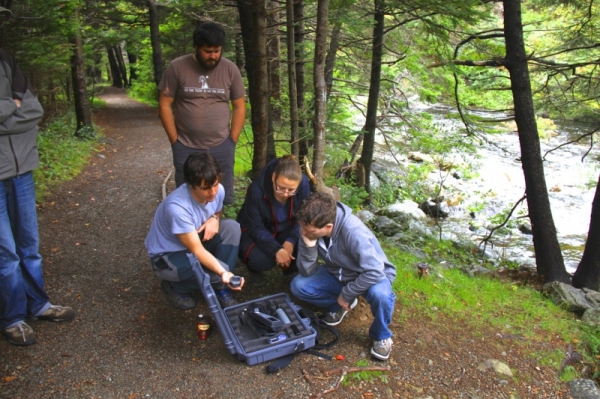Gathering the knowledge we need to ensure healthy waters!
Written by Emma Wattie, Program Officer at Community-Based Environmental Monitoring Network
Caring for our waters is no easy task. We need a lot of data, the right collection methods and some cutting edge technology to accurately assess and monitor the conditions of our lakes, streams and rivers. And while water stewards are working hard to care for their local waters across Canada, a lack of consistency in collection methods can make it challenging to ensure the accurate data needed.
Through the CURA H2O project, the Community-Based Environmental Monitoring Network (CBEMN), has been working to train communities in standardized methods for water collection. We’ve also built a database to house all water quality information coming in from partners in the Atlantic, Alberta, British Columbia, and internationally!
With funding from the WWF Loblaw Water Fund, CURA H2O is pleased to add the Petitcodiac Watershed Alliance to our growing list of community stewardship partners. We provided them with water monitoring equipment and training, and shared our database resources with them. We’re looking forward to including the valuable water quality information they collect from the greater Moncton area.
Our Loblaw Water Fund grant will also help us align our database to support larger initiatives such as the WWF Freshwater Health Assessments for the benefit of all Canadians. Our grant funds purchased new water monitoring equipment and funded maintenance on existing equipment for over 30 stewardship partners. This equipment upkeep is an integral to maintaining a credible dataset!
One of CURA H2O’s main goals is to improve access to our data for stewardship organizations, government officials and decision makers. The Loblaw Water Fund helped supply the technology needed to do this. We’ve recently updated our database with a more user-friendly interface and quick visual identification of nearby monitoring sites. A new Wet-Pro app has been released for mobile devices to allow people to upload their data directly from the field. With these improvements, nearly 2,000 field observations have been added to our site in the last six months by community partners from across Atlantic Canada!
We’re excited to receive support from the Loblaw Water Fund for these activities. And glad for the opportunity to share these stories and to be inspired by the work of other Loblaw Water Fund recipients!
If you’re a registered charity or not-for-profit, you can find this year’s Applications and Guidelines for the Loblaw Water Fund at wwf.ca/waterfund, closing December 15, 2014.



